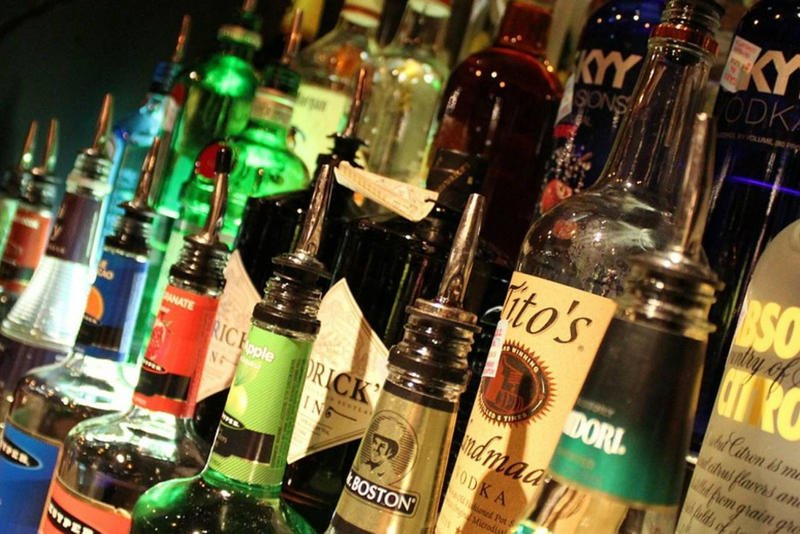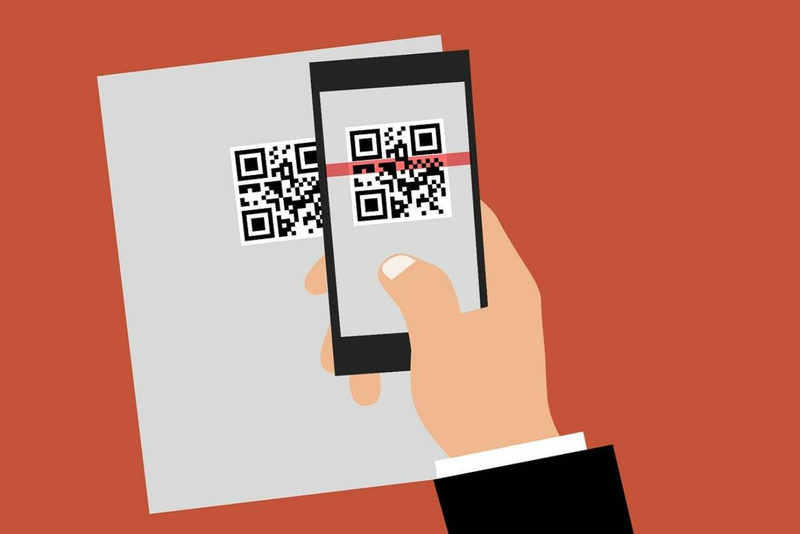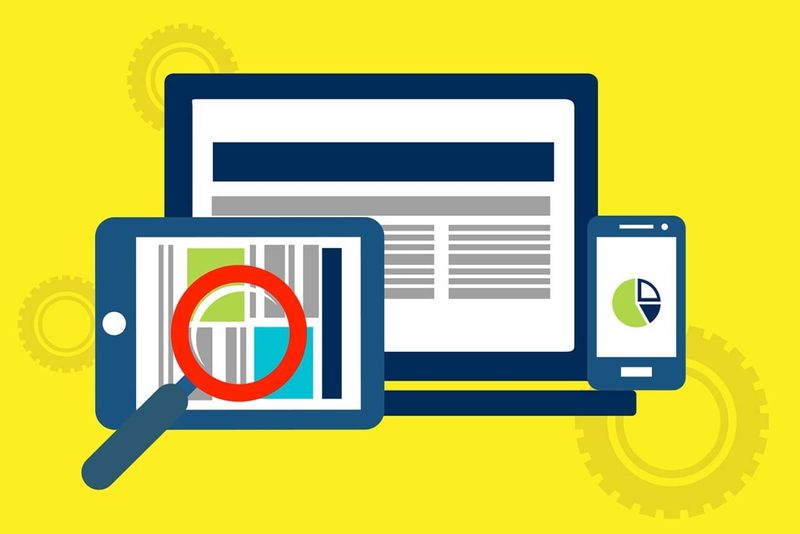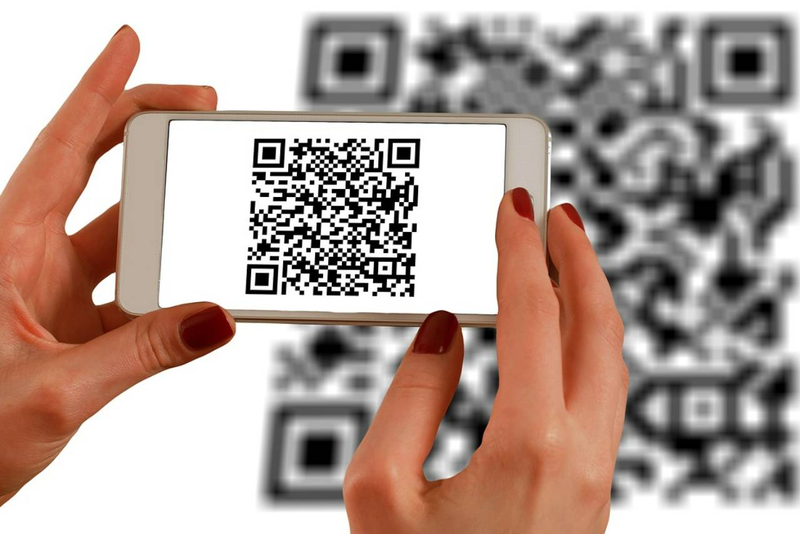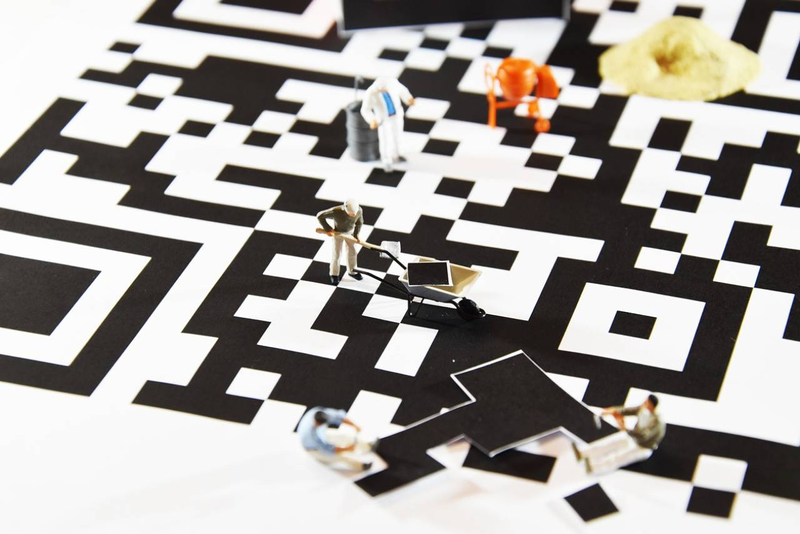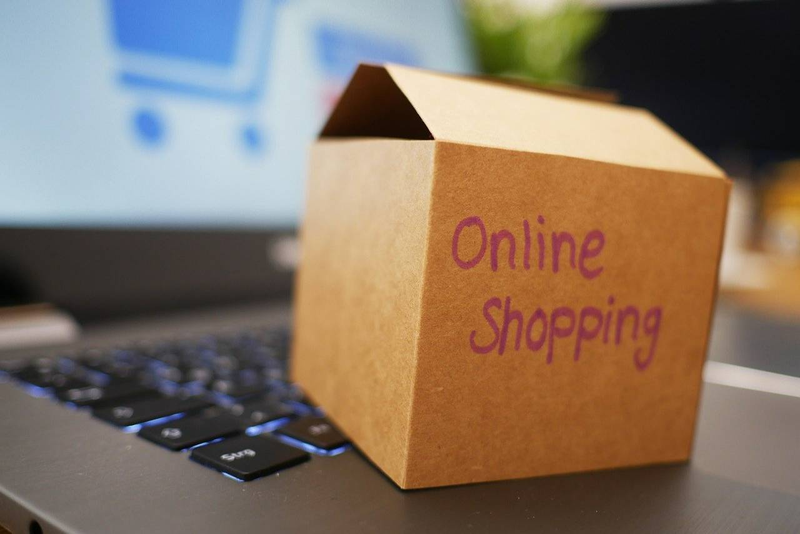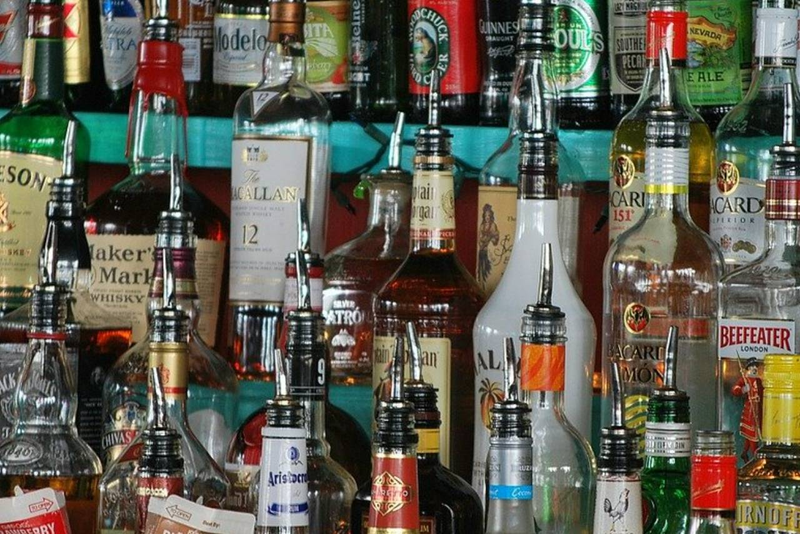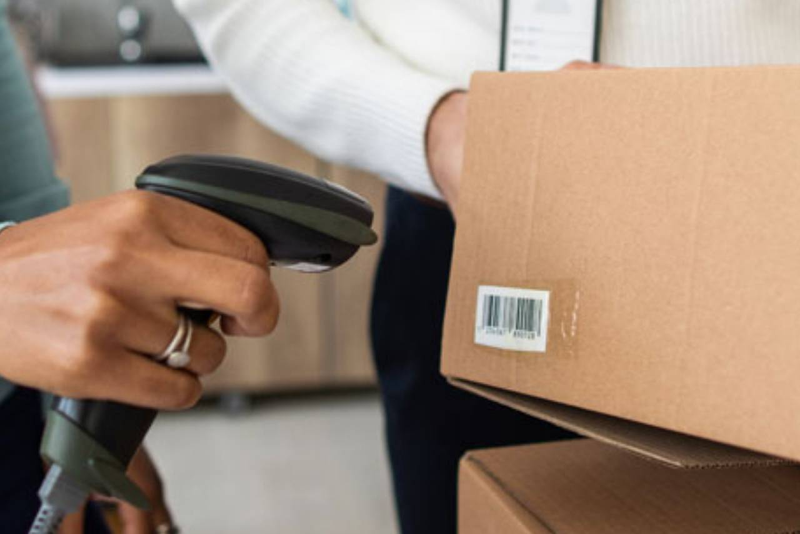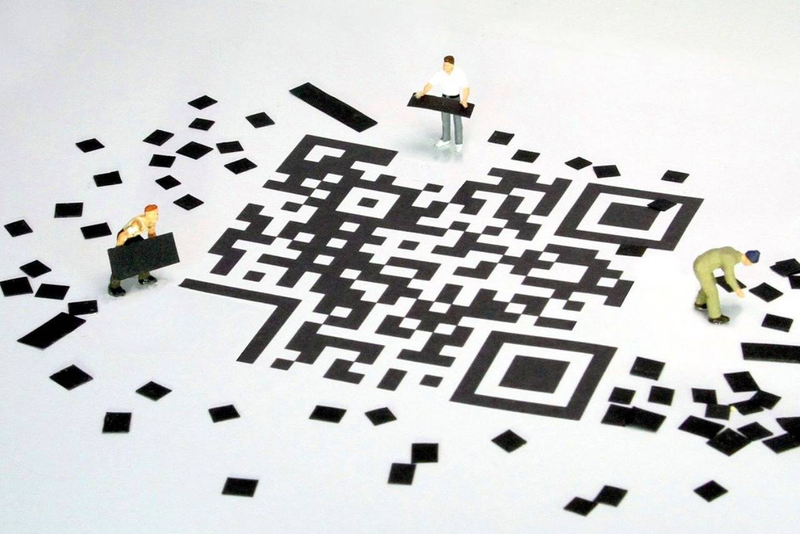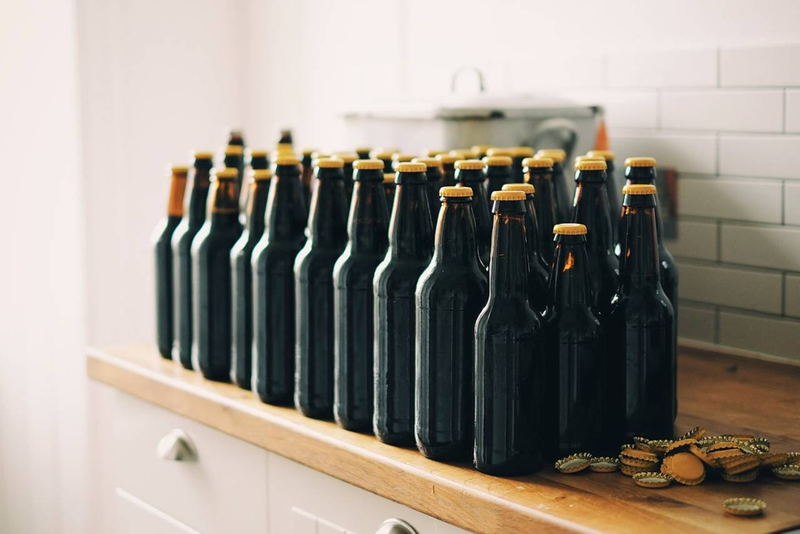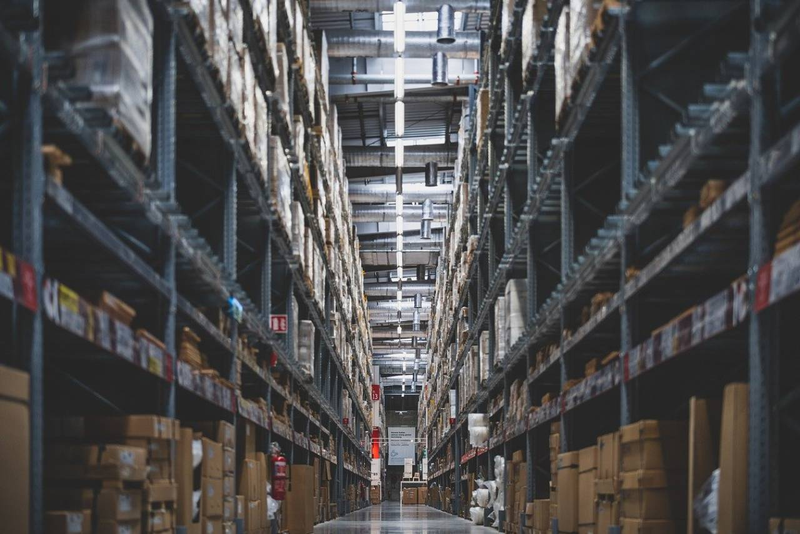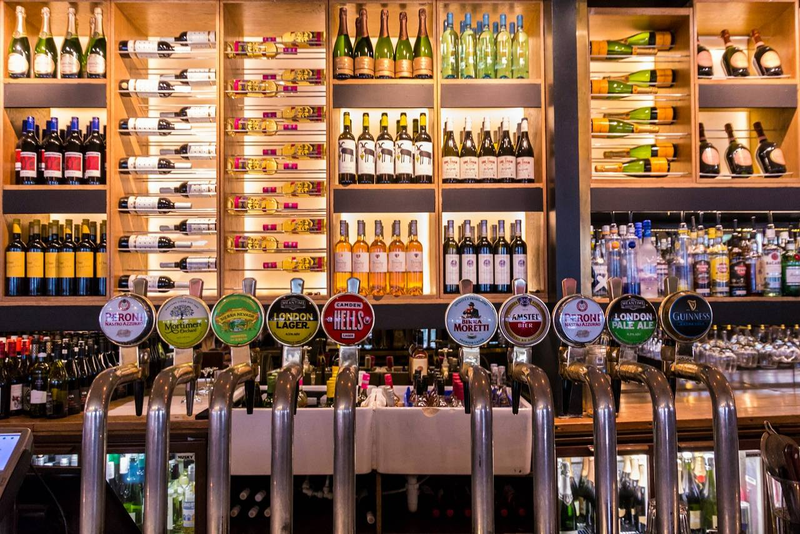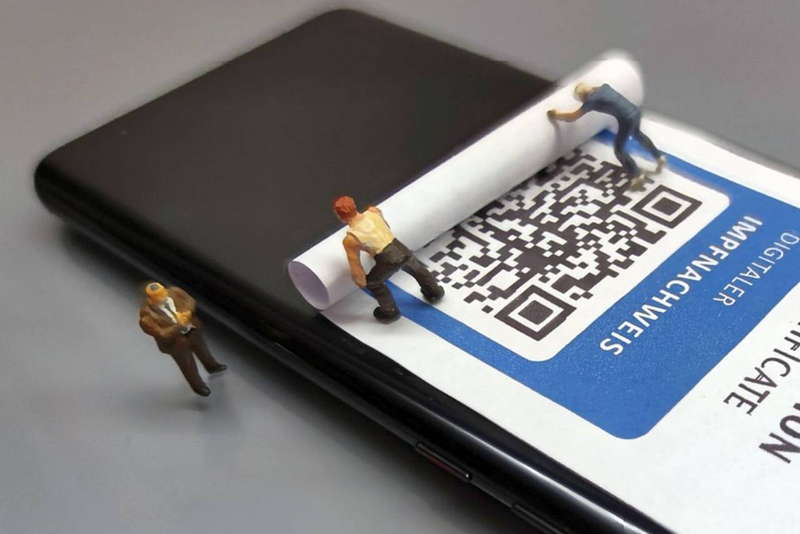What is barcode based inventory management system?
A barcode based inventory management system is a matrix of hardware and software components that automates product inventory and asset tracking. Its components include barcodes, barcode scanners, electronic scales, mobile devices or computers, and supporting inventory software. The best barcode-based inventory systems are cloud-based, allowing access to inventory data anytime, anywhere. Barcodes bring accuracy to inventory and are excellent time- and labor-saving tools.
4 ways a barcode based inventory management system can better your bar
How Does a Barcode Based Inventory Management System Work?
Before we launch into how barcode inventory management systems work, it's important to know what barcodes are. Barcodes are machine-readable representation of a product's details like its brand name, manufacturer, dimensions, weight, expiration date, and so on. Manufacturers use the barcode system to assign barcode labels that are unique codes for each item they produce. The most commonly used barcodes are a collection of parallel lines and spaces that encode product information.
Barcodes, today, are swiftly nudging out clipboards in bar inventory management and inventory tracking etc. The conventional method of eyeballing bottle after bottle to measure liquor quantity, writing the data down on a spreadsheet, and then transferring or filing it in a record book, is tedious enough for stock takers to take to the bottle themselves. It's no wonder that barcode-based inventory software management systems have moved beyond warehouse management and into retail. Fully automated, the barcode inventory system has made stocktaking and supply chain tracking trouble- and error-free.
Here's how they work . . .
Data Entry- A barcode scanner reads the barcode and assisted by an inventory tracking system, decodes and automatically transfers its details to an inventory management software on a mobile device or laptop. QR codes work in the same way as barcodes. A barcode QR scanner or even an easy use mobile phone camera scans the QR code for inventory details. The data is then decoded and stored in the bar's inventory management system or integrated into its Point of Sale (POS system) for easy access. Some barcode inventory apps even transfer data directly to an online spreadsheet.
Easy Access- Cloud-based inventory management apps store inventory tracking data on the cloud, making it easy to review on any device, from any location. Multiple users can be given access to the stock management solution so that stock-taking can be simultaneous and accountable. The tracking system can track stock-take by employees, making it possible to assess achieved targets and spot errors. This management solution is particularly useful for businesses with multiple locations and a large roster of employees. All data is centralized and can be reviewed by bar managers or owners at any time, even on a mobile app.
Data Processing & Report Generation- Modern inventory management systems conduct inventory control in real-time to process data on demand. Based on data collected, they produce reports on available liquor stocks, cue below-par levels, prompt orders, and project demand. This helps bar owners stay on top of their business and make decisions that guarantee growth.
Parts of a Barcode Based Inventory Management System

Barcode based inventory and warehouse management systems come with a complete arsenal of stock-taking tools that can leverage operations across all kinds of bars, from a small business to a medium, and even a large one with multiple locations. Here's what they comprise of-
1. Barcode Inventory Hardware- The basic hardware essentials of a barcode inventory system are a barcode scanner and a smartphone or computer. Blue-tooth or Wifi enabled liquor scales are an added asset.
Let's begin with the barcode scanner or barcode reader. There are several types of scanners around. These include pen wands, CCD (charge coupled device) scanners, and laser scanners. Barcode readers best suited to bar stocktake are lightweight, portable, handheld devices. While a small business with limited inventory can use the camera on a smartphone or tablet to scan QR codes and barcodes, businesses with larger stock may want to use dedicated handheld scanners for quick and accurate reading.
Mobile Computers are the ledgers of modern inventory. Where manual systems had a stock-taker noting liquor stocks in books, inventory apps today categorize and store liquor data automatically on smartphones, tablets, desktop computers, or laptops. If the app is cloud-based, the data can be accessed from any device by multiple users.
2. Barcode Inventory Software- Barcode inventory management software deciphers the information stored in barcodes and organizes it for easy reading. Comprehensive inventory management systems integrate barcode software with POS software. These can then do much more than organise inventory data. They can crunch that data to produce up-to-the-minute reports on daily, weekly, or monthly consumption, identify patterns in seasonal demand, spot variance cost, calculate pour cost, and automate ordering. The software's intuitive analytics spots leaks in inventory management and offers useful advice on how they can be plugged for increased profits.

Manual inventory involves counting, sorting, checking and re-checking your stock to ensure it's up to date.
The biggest problem with manual inventory management is that it can lead to inaccuracies. Is there a way to take stock accurately, every time?
Speed- Benefit#1 of a barcode based inventory management system
Barcodes speed up the inventory management process. A stock-taker with barcode scanners and barcode printers can breeze through stock-take in less than half the time the manual system would demand. Inventory control done this way frees up staff to focus on other tasks at the bar. Moreover, when bartenders have to track inventory with a clipboard, the tedium of the process makes inventory a despised chore that can lead to errors. The inventory program's easy search feature also lets a bar manager or bartender pull up information about a product immediately and easily, which can only improve customer service.
Accuracy- Benefit
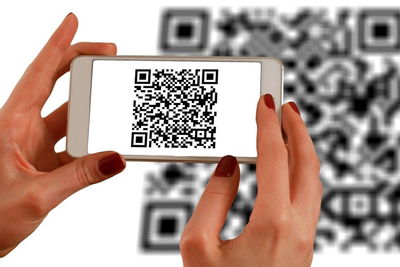
A barcode inventory management system can achieve a level of precision and accuracy that manual methods would find hard to match. The automated system ensures every detail of a bottle is recorded by the app, leaving no room for human error. The barcode inventory system also improves order management and employee accountability by tracking all employees and the orders they manage. This way, a bar manager or bar owner knows who has handled what part of the bar inventory and in what manner. Even when bottles are moved around the bar, or across a bar's locations, they can be accurately tracked.
Order- Benefit
Badly organised inventory data can do as much damage as incomplete data. When bartenders begin to track inventory they have to not only record stocks accurately but also make sure to organize data in an orderly manner. Well organized inventory makes it easy to track liquor levels and alert the bar manager when supplies need to be ordered. A competent barcode system can file and store inventory data by type, location in the storeroom, par level, or by any other parameter set by the bar manager.
It is projected to reach $2998.55 million by 2028, growing at a CAGR of 11.9% from 2021 to 2028.

Keeping track of inventory can be a chore. The more stock you have, the harder it is to keep track of it all.
How do you make sure your stock doesn't suffer as it grows?
Integration- Benefit#4 of a Barcode Based Inventory Management System
By calling out metrics on par level and deadstock, data gathered by the barcode system can help a business do more simply keep stock count. Integrated with a POS system, the barcode system is able to streamline its inventory data with the bar's overall operations. The manager can then easily tally supply with demand, forecast demand, and fine-tune its ordering and pricing.
Select the Right Barcode Based Inventory Management System For You
The benefits of a barcode inventory system have been laid out in this article. What's left is deciding which system to zero in on. When surveying the market, it's important to look for barcode tracking software that won't just meet your bar's current, but its future requirements as well. Can the software be integrated with your existing POS system? Does it offer flexibility in hardware, allowing you to third-party scanners with its software? Or will it bind you to its own products? How robust is its after-sales service? Does it offer a free trial, so you can test-run the inventory system? Does it allow you to scale up, allow you to build on the inventory system as your business grows?
A small business owner might argue that their current inventory management system works well, and needs no improvement. But what if an enhanced tracking software is able to increase revenue and drive up sales and profits? Higher profits mean better business and better business can translate into a larger business. Even without a five-year plan, a business owner must plan and project for growth. This means the tools they invest in must be aligned to that goal too.

Inventory management is a time-consuming process.
It involves recording all the details of each bottle in your bar. If only there was an easier way out. . .




